Costa di Bussia winery is located between Barolo and Monforte d’Alba, in the heart of Langa! It has almost 150 years of history. The tour in the vineyard and in the Museum describes the brand, the territory and the wines. The Historical Museum dedicated to Luigi Arnulfo, the man who in the 1874 founded this estate and played a fundamental role in the local enology, exhibits Luigi Arnulfo’s objects and letters he received from customers all over the world. The tour includes the visit to the renovated cellar where it is possible to discover the traditional winemaking process.
The tour ends with a tasting of our wines, which are also for sale in our little shop. Costa di Bussia offers three different rooms, with private bathroom and common kitchen, and an independent suite, where you can completely relax surrounded in this great landscape.
The Historical Museum Luigi Arnulfo
The Museum tells Luigi Arnulfo’s life. Letters and objects show Arnulfo as a man, a winemaker and a businessman. Nowadays he is considered the pioneer of the Barolo wine, the first one who shipped Barolo in the North of America in 1890.
Tour and tasting
In the tour, you can visit the 11 hectares of vineyards that surround the farmhouse and get in touch with this special terroir. Then you will see the renovated cellar to understand all the winemaking steps and at the end the wine tasting will explain you all details about our products. Booking compulsory, from Thursday to Monday, from 10 am to 6 pm.
Wine shop
The wine shop is in the ancient part of the farmhouse, where you may buy all the Costa di Bussia wines: Langhe doc Chardonnay, Dolcetto d’Alba doc, Barbera d’Alba doc, Barbera d’Alba doc vigna Campo del Gatto, Langhe doc Nebbiolo Arcaplà, Barolo docg Bussia, Barolo docg Bussia Vigna Campo dei Buoi, Barolo docg Arnulfo (0,75 L e 3 L), Barolo docg Riserva, Barolo Chinato and Grappa of Barolo. We are open from Thursday to Monday from 10 am to 6 pm.
Hospitality: rooms
In the same house where Luigi Arnulfo lived his life, we obtained three rooms, each one with private bathroom and common kitchen and an outside Jacuzzi. Here you can completely relax, surrounded by vineyards, in a strategical position to reach the most important places of the Cuneo district and not only!
Camera Campo dei Buoi
This room takes the name from the historical vineyards Campo dei Buoi (Oxen’s field, if you translate), already mentioned in some old documents of the XIX century. It has an elegant double bed, a private bathroom, with a total surface of 26 square meters. The entrance is through the common living space and kitchen.
Camera Campo del Gatto
This room takes the name from historical vineyards Campo del Gatto (Cat’s field, if you translate), already mentioned in some old documents of the XIX century. It has an original rounded double bed, a private bathroom, with a total surface of 20 square meters. The entrance is through the common living space and kitchen.
Camera Arcapla’
This room takes the name from a Costa di Bussia wine. It’s a double room with twin beds, a private bathroom and a total surface of 20 square meters. The entrance is through the common living-kitchen.
Suite Luigi Arnulfo
This apartment is dedicated to the winery’s founder. The suite has a private entrance and 60 square meters of total surface composed of a room with a double bed, a living room with a sofa-bed, a full-accessorized kitchen and a bathroom with Sauna and Jacuzzi.

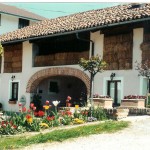
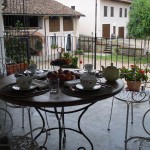
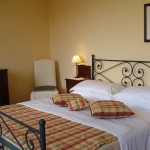
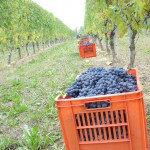
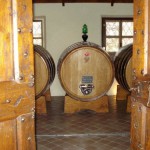
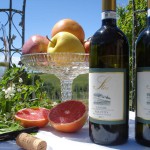
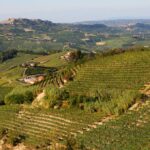
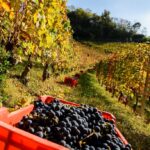
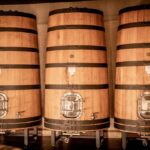
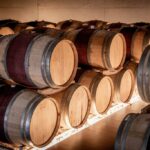
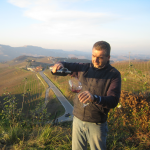
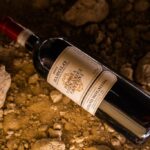
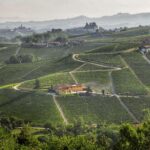
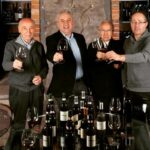
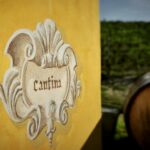
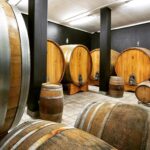
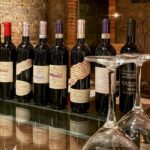
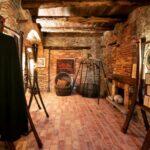
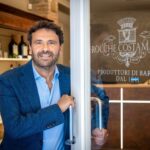
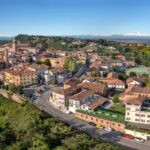
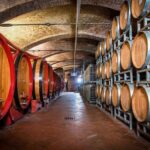
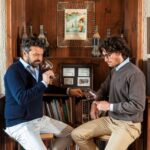
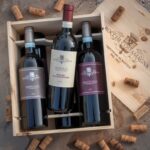
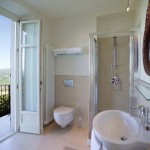
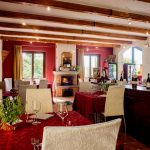
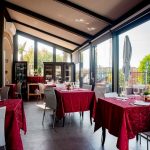
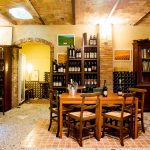
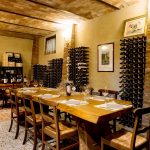
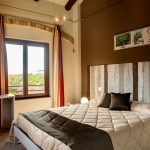
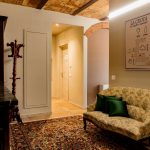
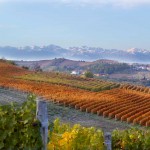
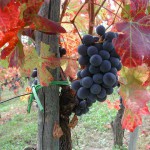
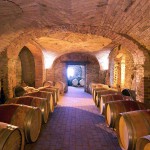
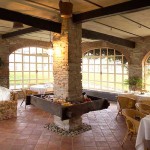
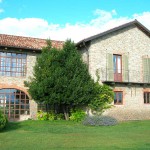
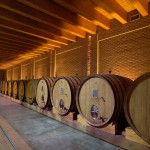
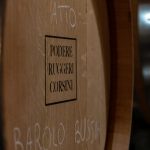
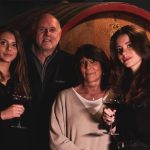
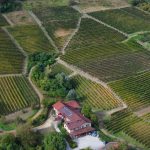
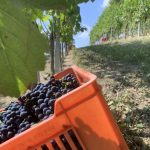
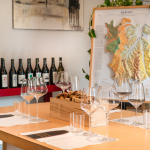
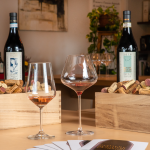
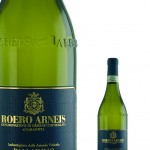
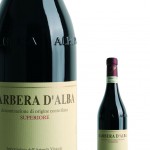
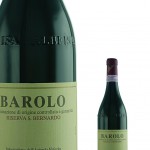
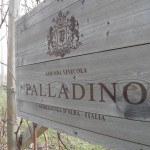
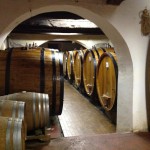
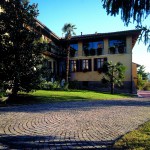
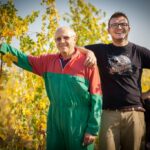
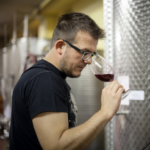
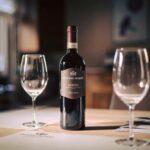
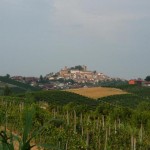
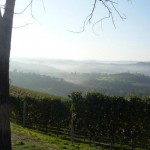
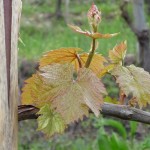
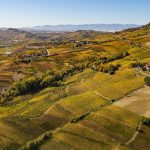
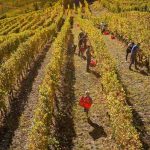
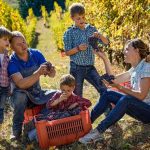
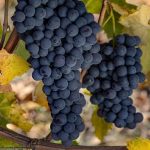
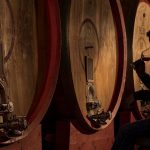
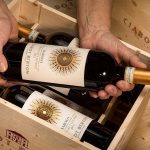





Recent Comments